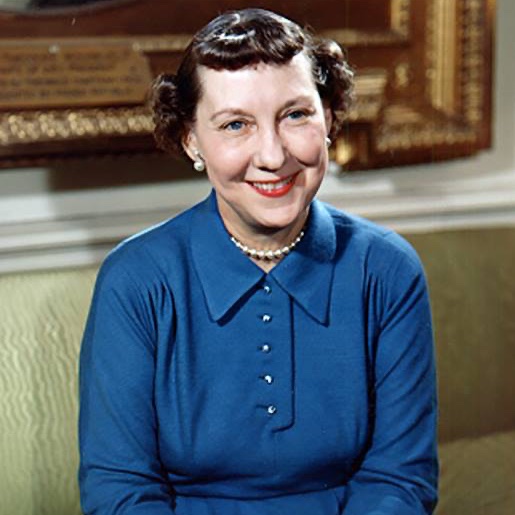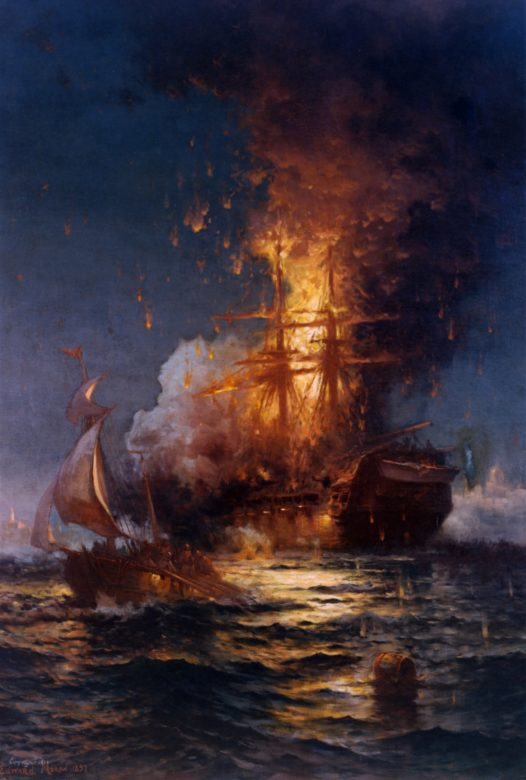Innovation has had a home in the Executive Mansion from its very beginning. So has mythology...
According to journalist Henry Louis (H.L.) Mencken, 1917 marked the 75th anniversary of the invention of the bathtub. (1/10)
According to journalist Henry Louis (H.L.) Mencken, 1917 marked the 75th anniversary of the invention of the bathtub. (1/10)
His work commemorating the occasion, originally published in The New York Evening Post, was titled “A Neglected Anniversary” because no one seemed to bother acknowledging such an important American innovation. (2/10)
Mencken provided a persuasive and seemingly accurate account of how Adam Thompson created the bathing appliance in 1842 in Cincinnati, Ohio. (3/10)
According to the story, Millard Fillmore "risked a plunge” in the new invention while traveling in Ohio as vice president and became so enthralled with the tub that he demanded one be installed in the White House after he became president in 1850. (4/10)
Image: @WhiteHouseHstry
Image: @WhiteHouseHstry

But Mencken later admitted the narrative was a hoax: “My motive was simply to have some harmless fun in war days,” he commented in a 1942 edition of The Daily Sentinel." It never occurred to me that it would be taken seriously because it was packed full of absurdities.” (5/10)
Years later, however, Mencken “began to encounter my preposterous ‘facts’ in the writings of other men…They began to be cited by medical men as proof of the progress of public hygiene. They got into learned journals. They were alluded to on the floor of congress.” (6/10)
Alas, Mencken attempts to clarify his fabricated bathtub story did not make it disappear. (7/10)
A former Librarian of Congress gave credit to the story and President Harry S. Truman even used the story in an address in 1952. (8/10)
In celebration of Millard Fillmore’s birthday in 1977, one newspaper described Fillmore as “a statesman, scholar, patriot, and the finest plumber who ever lived in the White House.” (9/10)
The false tale even appeared in a television commercial in 2008. Despite H.L. Mencken’s clear denunciation of his spurious 1917 article, the myth of Millard Fillmore’s introduction of the “first” bathtub in White House history still persists. (10/10)
• • •
Missing some Tweet in this thread? You can try to
force a refresh





















